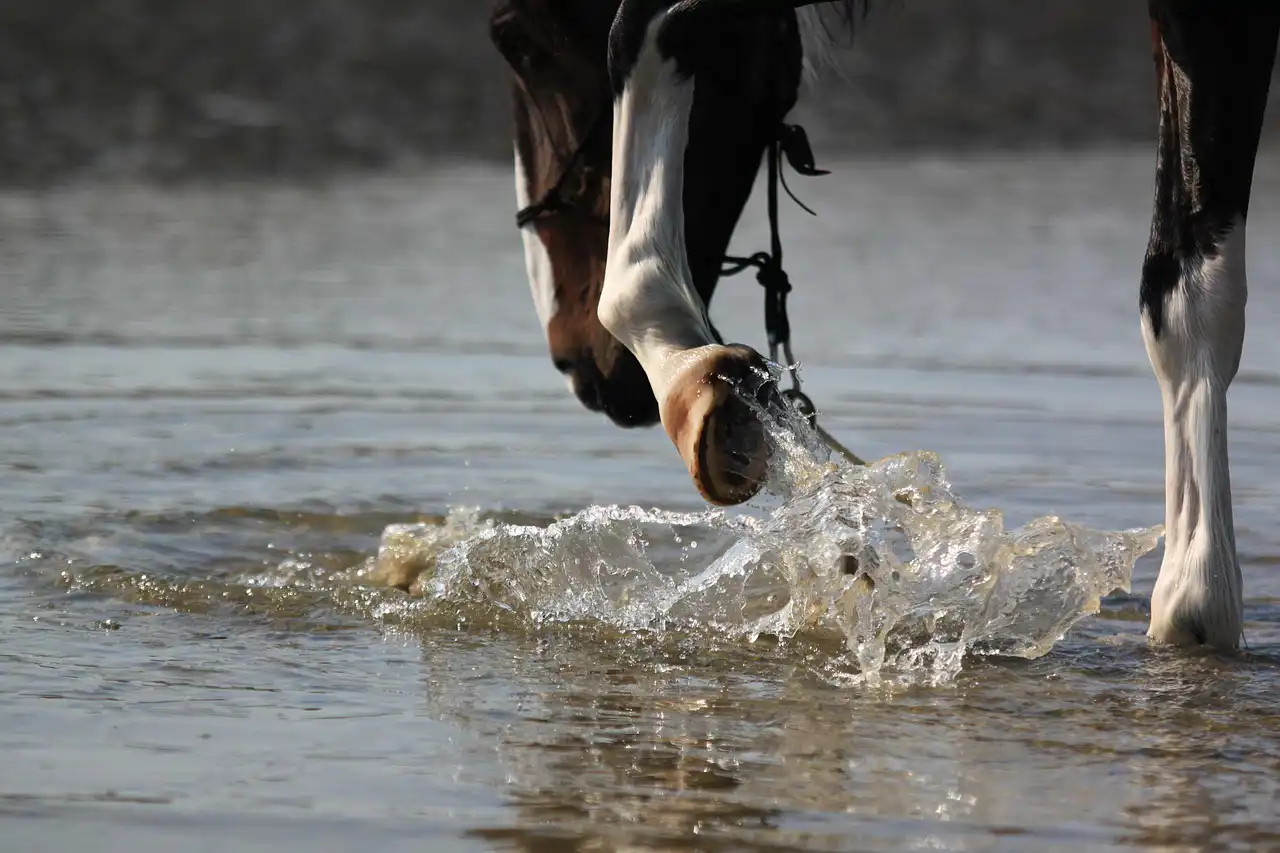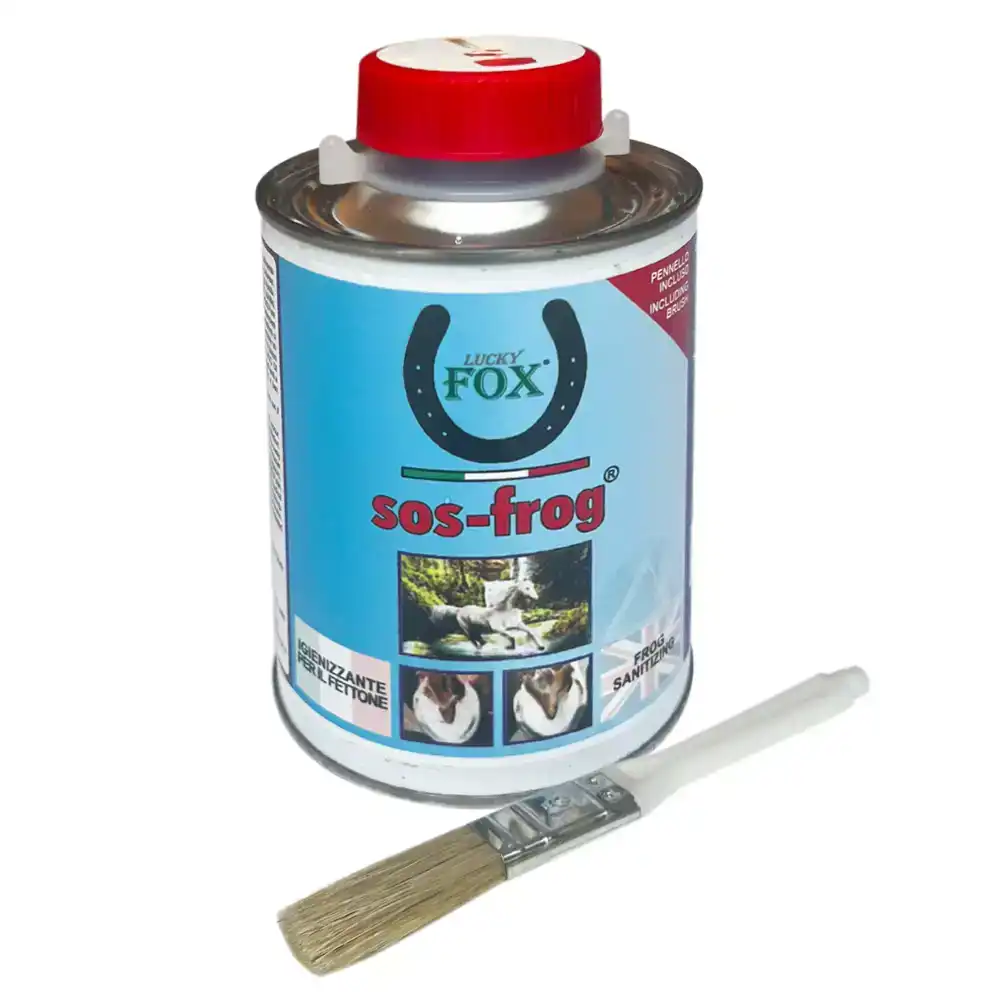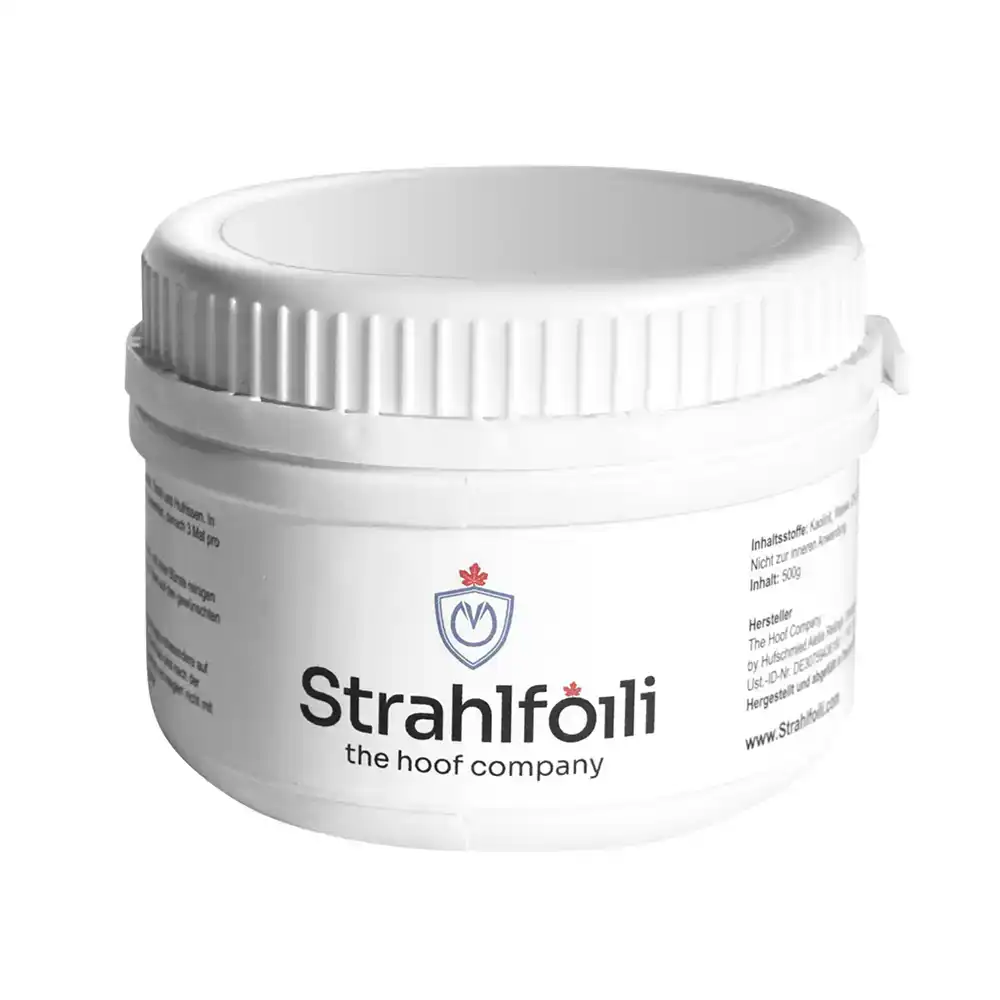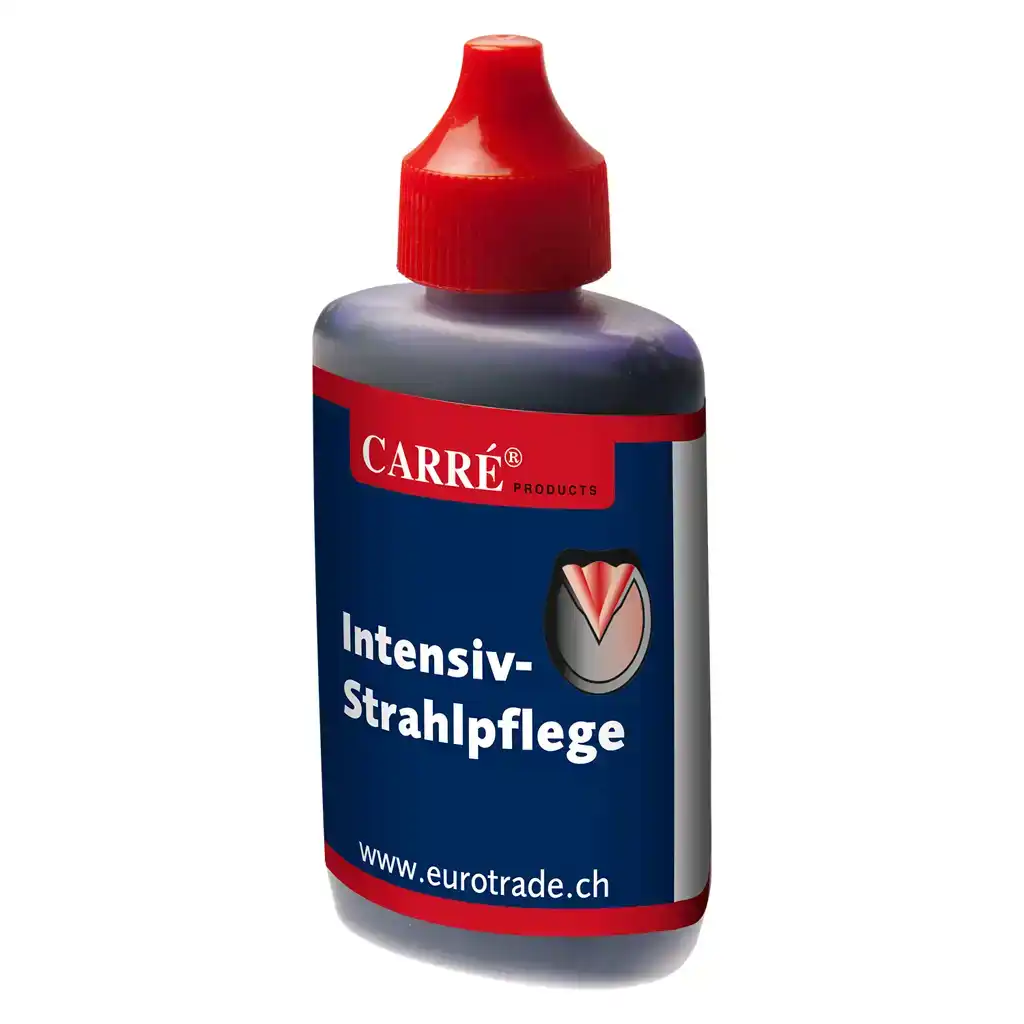Thrush in Horses: Causes, Consequences, and Best Treatment Methods
Thrush is a common hoof problem in horses, especially in wet or dirty environments. Although it often seems like a minor issue at first, if left untreated it can lead to serious infections and lameness. Early detection and proper treatment are therefore essential to maintain healthy hooves.
What is Thrush?
Thrush is a bacterial infection of the frog — the triangular, spongy part on the underside of a horse’s hoof. The infection mainly affects the deep grooves (sulci) and the central cleft of the frog. It usually develops due to a combination of poor hoof care, inadequate hygiene, and prolonged exposure to moisture.
Causes of Thrush
Thrush typically results from a mix of environmental and care-related factors. Wet, muddy, or manure-contaminated ground provides an ideal breeding ground for bacteria such as Fusobacterium necrophorum, the primary pathogen responsible for thrush. Poor hoof hygiene also plays a major role: when hooves are not cleaned regularly, dirt and manure accumulate in the frog grooves, increasing the risk of bacterial growth.
A lack of exercise can further contribute to the problem. Horses that are stalled for long periods with limited movement experience reduced blood circulation in their hooves, which weakens their natural defenses. Additionally, hooves with deep grooves or a narrow shape tend to trap debris and moisture more easily, making effective cleaning much more difficult.
Consequences of Thrush
Thrush may begin as a mild issue but can progress rapidly. One of the first symptoms is a strong, unpleasant smell noticeable during hoof cleaning. As the infection develops, the affected areas of the frog become black, soft, and crumbly, often falling apart with little pressure. If the condition worsens, the frog becomes increasingly painful and sensitive to touch. The horse may react during cleaning or begin to show signs of discomfort or lameness.
In more serious cases, untreated thrush allows bacteria to penetrate deeper into the hoof. This can affect the underlying tissues, the sole, or even the coffin bone, leading to chronic lameness and requiring extensive treatment and longer recovery.
Treatment of Thrush
Thrush can be effectively treated with consistent care. Thorough daily cleaning is essential. The hooves should be picked out carefully, focusing on the frog and its grooves. If necessary, rinse the area with warm water to remove debris, and then dry the hoof thoroughly before applying any treatment to prevent further bacterial growth.
A qualified farrier plays an important role in the treatment by carefully removing infected or necrotic frog tissue. This not only stops the spread of the infection but also exposes the affected areas to allow disinfectants to work more effectively.
Disinfection should be done daily using reliable antiseptic solutions. Recommended products include iodine solution or Betadine, hoof care sprays containing copper or zinc compounds, and diluted acetic acid (vinegar) or traditional copper sulfate (blue stone). These treatments should be continued until there is visible improvement in the condition.
Good stable hygiene is equally crucial. The stall must remain clean and dry at all times. This includes daily removal of wet bedding and manure, and whenever possible, providing turnout in dry paddocks or pastures to reduce hoof exposure to moisture.
In addition, regular physical activity is important. It improves blood circulation in the hooves and supports the healing process naturally.
Prevention of Thrush
Thrush is preventable with a consistent care routine. Key practices include daily hoof picking, particularly in wet conditions or when horses are stabled. Regular visits from a farrier — every 6–8 weeks — ensure the hooves are properly trimmed and maintained.
Stable conditions should be kept clean, dry, and well-ventilated. Bedding materials that absorb moisture well, such as wood shavings or straw, are ideal. Finally, adequate exercise and a balanced diet help maintain overall hoof health and resilience against infections like thrush.
Thrush is an unpleasant but manageable condition. Early recognition and consistent hoof care are critical to avoid severe complications. With proper hygiene, regular monitoring, and timely treatment, thrush can not only be managed — it can be entirely prevented.
Product Recommendations
Here are the products from our selection that we recommend in cases of thrush:





